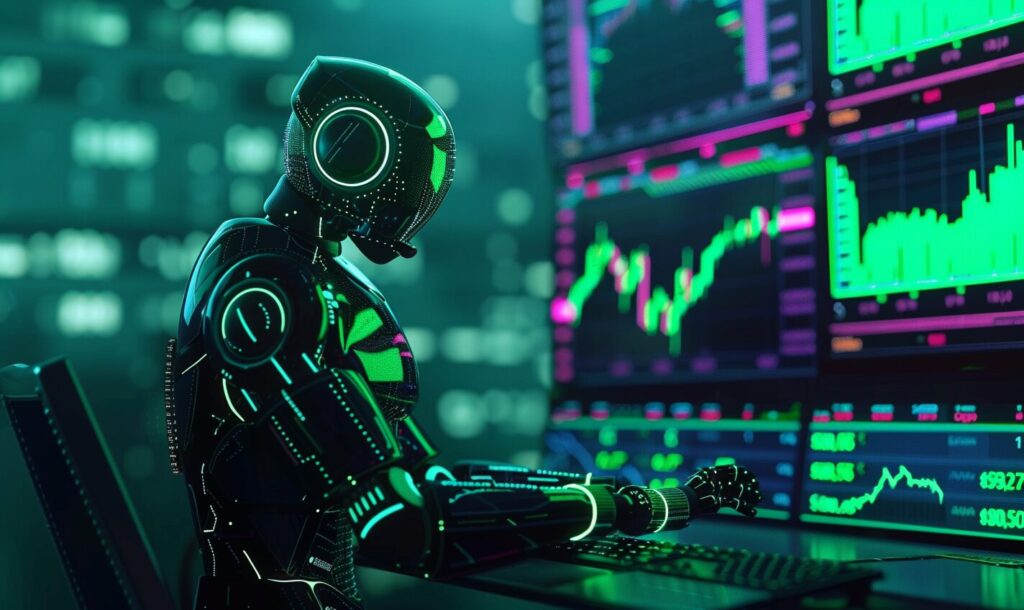Books and films are full of cases where people use artificial intelligence (AI) to get results that cause feelings of hope and excitement about the future. However, you can also see plenty of artificial intelligence examples that show you there is no longer such a disconnect between fictional plotlines and what the technology can realistically do today. Here are four glimpses of what’s possible.
1. Improving In Vitro Fertilization Attempts
Many couples need help from medical technology to successfully bear children. One often-utilized example is in vitro fertilization (IVF). It involves fertilizing a woman’s eggs outside the body in a laboratory and then transferring them back to the uterus.
IVF can help couples overcome many infertility challenges, but it does not succeed in every case. AI could improve the chances of successfully conceiving. One instance of artificial intelligence in real-life child-bearing attempts enabled using it to assess which embryo in a cycle cohort offers the most viability.
The solution — which combines AI with images of five-day-old embryos — reportedly offers 25% more accurate viability assessments than humans can alone. The company behind this advancement recently announced the first instance of a baby born thanks to this method. That achievement shows the system is more than just an interesting concept.
2. Letting Freight Trains Run Without Human Operators
Engineers have made substantial progress with self-driving vehicles. For example, residents of Phoenix, Arizona, can take trips in Waymo’s driverless vans and reach their destinations without anyone at the wheel. Researchers in Germany are also investigating the feasibility of autonomous passenger trains for regional routes. Applying artificial intelligence in real life could lead to other high-tech trains, such as those that facilitate the movement of goods.
In the summer of 2019, a demonstration in Colorado concerned an autonomous freight train’s 48-mile journey with no one standing at the controls. Mining company Rio Tinto started using trains that operate without human intervention in 2018 for its Australian operations.
Australia is the only place that allows the operation of such freight trains for non-research purposes for now. However, trains elsewhere still benefit from AI in other ways. For example, railroad companies use artificial intelligence to detect broken wheels and stop derailments. Other solutions feature AI algorithms that help trains save fuel. As progress continues, new possibilities could urge people to think about trains differently.
3. Enhancing Rescue Efforts in Difficult Circumstances
A challenging reality of search and rescue operations is that they can put rescuers’ lives at risk and complicate an initial missing-person case. That’s why many tech specialists aim to develop technologies that relieve some of the burdens on humans. For example, if a robot surveys the rubble after a recent building explosion, the data it collects could guide plans for sending humans in to investigate further.
The helicopters deployed when teams look for missing people have thermal cameras to detect someone’s body heat. However, they don’t always perform well in dense forests.
A new way to use artificial intelligence in real life focuses on combining drones with deep learning algorithms. The approach combines several images into one picture used for classification. The AI reportedly identifies people with more than 90% probability, even in cases of fully or partially concealed individuals. This method could save time by letting people cover more ground than they could without technological help.
4. Recreating the Scents of the Past
Smells are powerful for transporting people back to certain places — even if only in their minds. Perhaps you connect the aroma of ginger snap cookies to your grandmother’s house and instantly think of your wedding day when smelling roses.
The ODEUROPA project will use artificial intelligence in real life now to recreate scents that help people envision the lives of their potential European ancestors. More specifically, researchers plan to use artificial intelligence to look for scent-based references in historical texts and paintings. They’ll examine 400 years’ worth of material representing seven languages.
In later stages of the initiative, participants will create a publicly accessible online database of the scents and their meanings. The team also wants to recruit perfumers and other scent specialists to synthesize the aromas and use them at numerous public events occurring over three years. For example, you might visit a museum’s exhibit about Spanish cooking and notice the pungent smell of a flavoring that households commonly used then but don’t add to dishes now.
Artificial Intelligence Goes Beyond Fantasies
There’s no harm in gravitating towards science-fiction movies, television shows and novels that make you look forward to future technologies reshaping our lives. However, it’s also worth keeping a balanced perspective and realizing that artificial intelligence in real life is often just as mind-blowing — if not more — than what those make-believe accounts show.
Recent Stories
Follow Us On
Get the latest tech stories and news in seconds!
Sign up for our newsletter below to receive updates about technology trends














